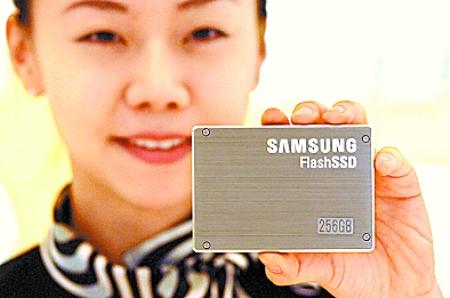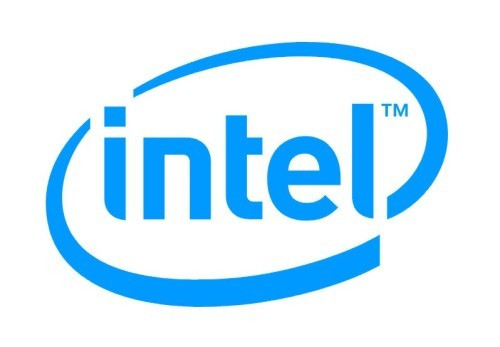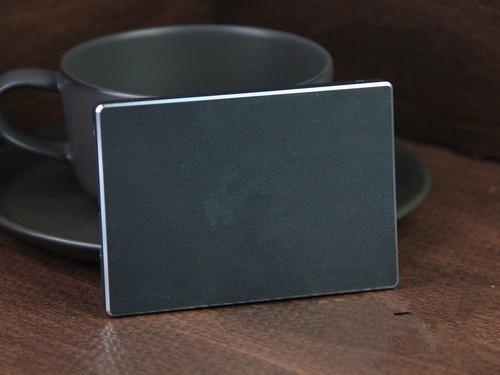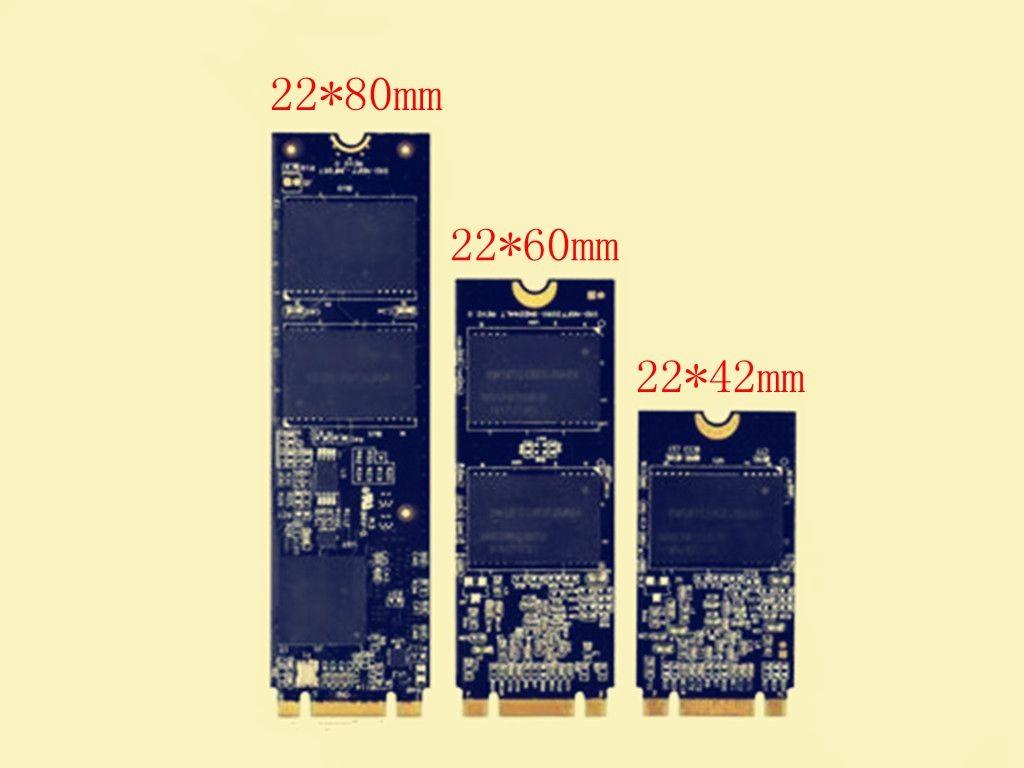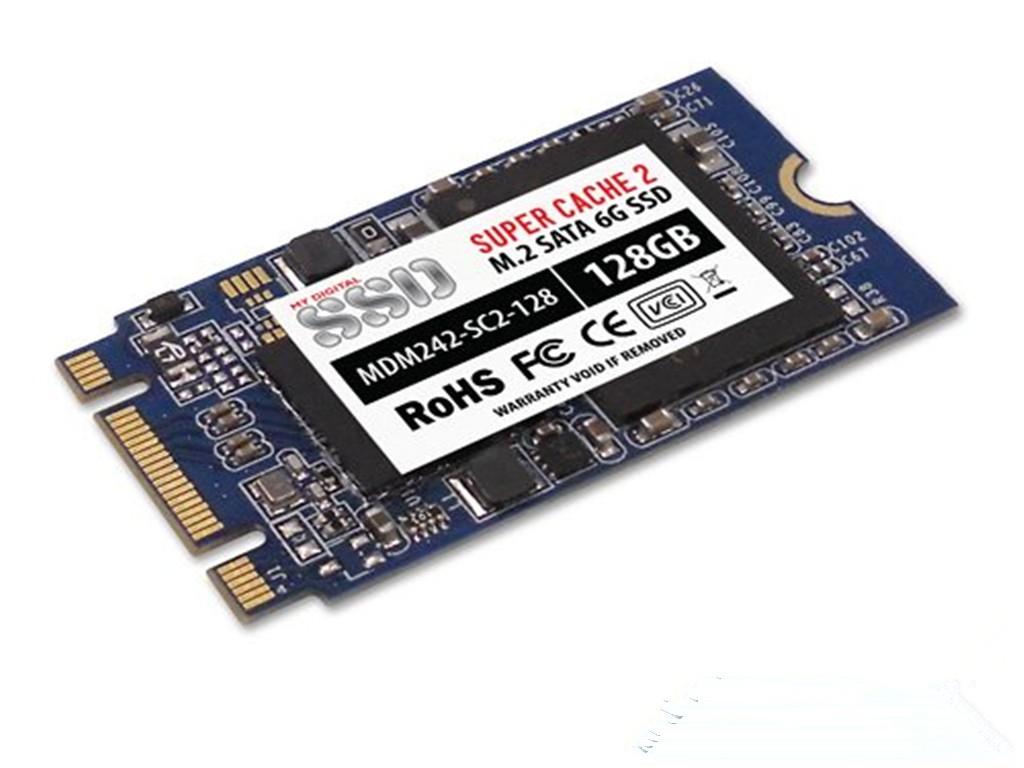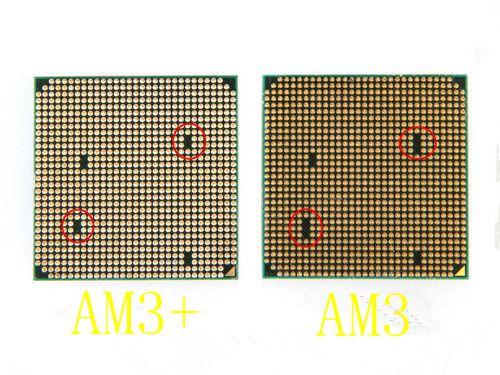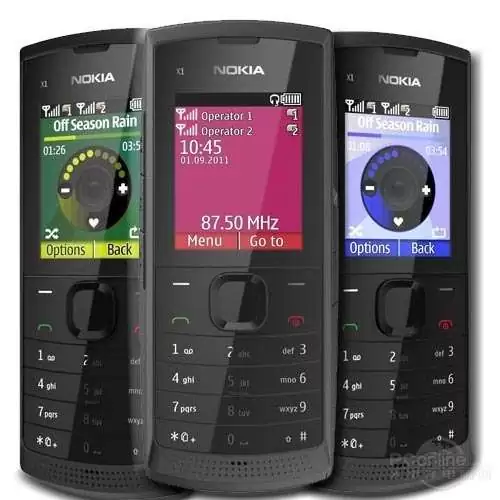Do you know how to SATA interface and PCI-E interface is defined?
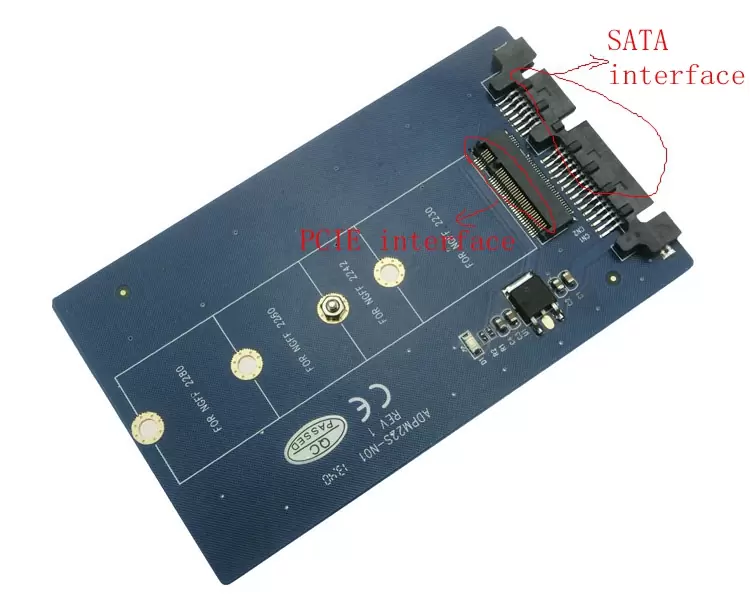
SATA Serial ATA is the acronym for Serial ATA. This is a completely different novel Parallel ATA hard disk interface type, the use of serial transmission of data named. SATA bus with embedded clock signal, with a stronger error correction capability, the biggest difference compared to the past is able to transmit commands (not just data) to check if found will automatically correct errors, which in the great extent, improve the reliability of data transmission. Serial interface also has a simple structure, hot-swappable advantages.
SATA interface technology is no longer new, and from 2001 to the current launch of SATA 1.0 SATA2.0 and SATA3.0, has become the main interface allows SATA SSDs. On the current usage it, SATA2.0 users are still the largest, which is mainly affected by PC interface, but now SATA3.0 products on the market, most of them can be backward compatible with 2.0. SATA interface SSD mostly used to replace mechanical hard drive, desktop upgrade our main use of such interfaces. With SATA 2.0 and 3.0 launched, the growth speed transfer rate up to 300 and 600MB / s, which is the first PATA interface, which is the IDE interface can not be compared. Although at this stage SATA SSD with SATA 2.0 interface for low mainstream, SATA 3.0 proportion, but its up to 600MB per second transfer rate, and is destined to become the next interface SSD trend.
PCI Express (hereinafter referred to as PCI-E) using the industry’s popular point serial connection, and earlier than the shared PCI computer bus parallel architecture, each device has its own dedicated connection, no need to request the entire bus bandwidth, but also to increase the data transfer rate to a very high frequency, to achieve PCI can not provide high bandwidth. Compared with the traditional PCI bus at a single time period only one-way transmission, PCI-E dual simplex connection can provide higher transmission rates and quality, the differences between them with a similar half-duplex and full-duplex.
PCI-E interface based on different bus width vary, including X1, X4, X8 and X16, while the X2 model will be used instead of the internal interface slot mode. PCI-E standard connection from one channel to 32 channel connection, there is a very strong flexibility to meet different system equipment for data transfer bandwidth for different needs. In addition, the shorter PCI-E card can be inserted into longer use PCI-E slot, PCI-E interface also supports hot-swappable, which is no small leap. PCI-E X1’s 250MB / sec transfer rate has to meet mainstream sound chip, chip card and storage device for data transmission bandwidth, but far unable to meet the needs of the graphics chip data transmission bandwidth. Thus, PCI-E interface is used to replace the bit width AGP interface for X16, to provide 5GB / s of bandwidth, even lossy encoding on but still capable of providing approximately 4GB / s about actual bandwidth, far more than AGP 8X the 2.1GB / s bandwidth.
Although the PCI-E specification allows realization X1 (250MB / sec), X2, X4, X8, X12, X16 and X32 channel specifications, but according to the form view, PCI-E X1 and PCI-E X16 PCI-E has become the mainstream specifications, while many manufacturers in Southbridge chipset which add support for PCI-E X1 in Northbridge which add support for PCI-E X16’s. Remove provides high data transfer bandwidth than, PCI-E because the use of serial packet data transfer mode, so each pin PCI-E interface can get more than the traditional I / O bandwidth of standard, so that you can reduce the PCI- E equipment cost and size. In addition, PCI-E also supports higher-order power management, hot swappable, support synchronous data transmission, bandwidth optimization as a priority to transmit data.
Although the motherboard PCI-E interface on the market a lot, but by the impact of price and ease of use, most of the PCI-E interface SSD is used on the server. PCIe 2.0 transfer rate by one-way PCIe 1.0 250MB / s upgrade to 500MB / s, PCI 3.0 can upgrade to 750MB / s, which is more exciting than SATA.
Summary
According to interface SATA and PCIe bus can be divided into two kinds. with respect to the ordinary SSD mSATA SSD SATA interface, but it’s smaller, but the bus interface are SATA. PCIe SSD is a relatively new technique, which uses PCIe bus transfers, because SATA transfer rate is faster than PCIe, so more popular recently. NGFF is a another type of interface connector, unlike ordinary SATA SSD and mSATA SSD. NGFF SSD by bus type points, SATA and PCIe also divided into two kinds, namely NGFF SATA SSD and NGFF PCIe SSD market. NGFF SSD with mSATA SSD comparison, although NGFF SSD longer, but NGFF SSD lower height. NGFF SSD used in the super pole on
SSDs PCI-E interface that is earlier than SATA SSDs. Depending on the interface is divided into PCI-E x4 and PCI-E x8 x4 transmission rate and the current transmission rate of almost SATA3.0 can reach 500MB / S and X8 high-end SSDs, the transmission rate can reach 2.6GB / S , which is currently unable to meet SATA PCI-E interface volume actually greater, the greater the volume, you can make capacity can reach more than 3T, which is currently unattainable SSD SATA interface.
Recommend ~
Whether you’re dominating competition or powering critical enterprise applications, there’s an NGFF SSD(Solid-State Drive) tuned specifically for every need. Available in a variety of form factors and capacities, enjoy reliable, responsive storage performance—whatever the application.
Determine the best SSD for me >
By OS-STORE




